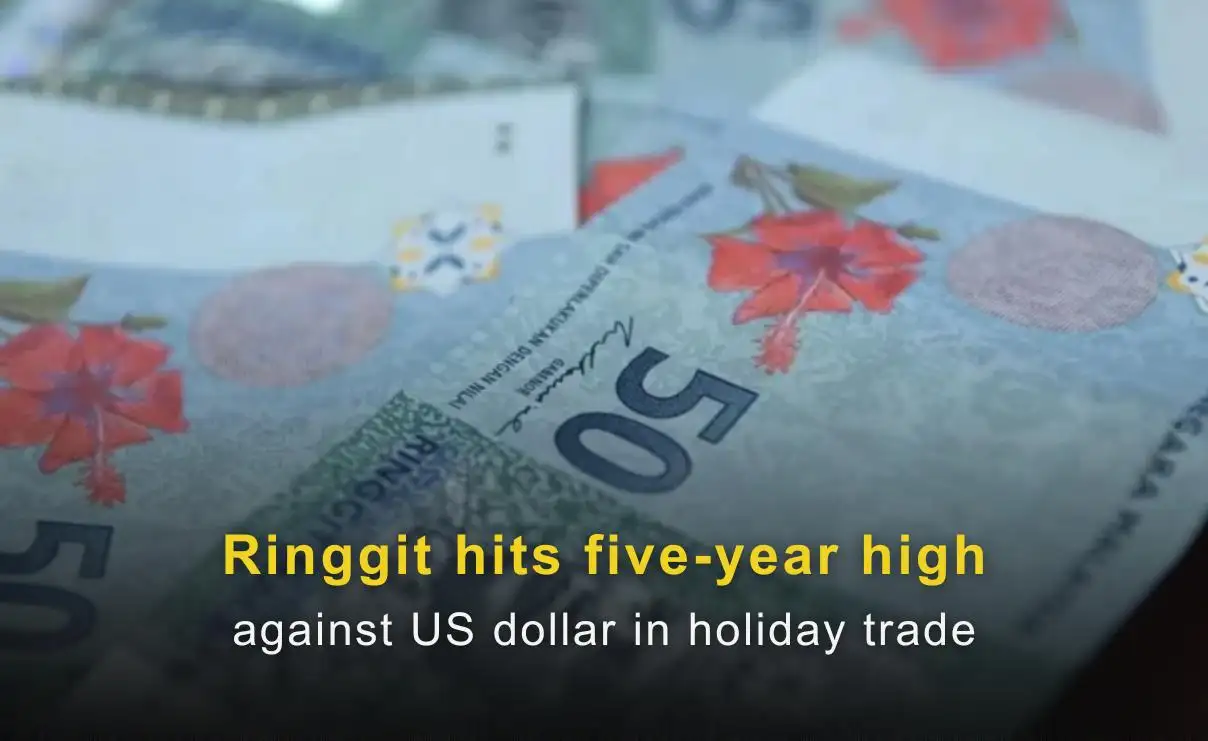EUR/JPY TRADES WITH LOSSES AFTER MIXED EUROPEAN ECONOMIC DATA
Abstract:The EUR/JPY retreated to the 149.70 regions at the start of the week while the Euro traded mixed against its major rivals following disappointing PMIs from the EU (European Union). On the other hand, the Japanese Yen, held strong against most of its rivals as the prospects of Japanese authorities intervening in the markets helps limit deeper losses for the JPY.

• EUR/JPY lost ground on Mondays session, but managed to remain above 149.00.
• Eurozone May PMIs were revised lower.
• The Euro finds support on ECB Lagardes hawkish comments.
The EUR/JPY retreated to the 149.70 regions at the start of the week while the Euro traded mixed against its major rivals following disappointing PMIs from the EU (European Union). On the other hand, the Japanese Yen, held strong against most of its rivals as the prospects of Japanese authorities intervening in the markets helps limit deeper losses for the JPY.
EU REPORTED WEAK PMIS BUT LAGARDE‘S COMMENTS LIMIT THE EURO’S LOSSES
The S&P Global and Hamburg Commercial Bank (HCOB) showed that de Composite PMI dropped to 52.8 vs the consensus of 53.3 and the preliminary reading of 53.3. In addition, the Services PMI was also revised downwards to 55.1 from 55.9. Other data showed that the Sentix Investor confidence for June, slid to -17 (MoM) falling short of the -9.2 expected. Aprils Producer Price Index (PPI) was confirmed at -3.2% (MoM) matching the consensus.
On the other hand, the European Central Bank (ECB) president, Christine Lagarde's hawkish comments stating that underlying inflationary pressures remain high and there is no clear evidence of inflation peaking, limits the European currency losses. In addition, the euro is supported by rising German yields, indicating market expectations of proactive measures from the ECB to address inflation concerns. In that sense, the 10-year and 2-year bond yields saw more than 3% increases standing at 2.39% and 2.94% respectively.
LEVELS TO WATCH
Technically speaking, the EUR/JPY holds a neutral to bullish outlook for the short term as the bulls are struggling to maintain their dominance, but technical indicators are still favourable, suggesting that the market may still have some upside potential. The Relative Strength Index (RSI) remains above its midline while the Moving Average Convergence Divergence (MACD) turned somewhat flat.
In case the EUR/JPY exchange rate continues to gain traction, the following resistance line up at the 149.80 zone followed then by the 150.00 psychological area and the 150.50 level. On the other hand, the 20-day Simple Moving Average (SMA) at 149.05 level remains the key support level for the pair. If broken, the 148.50 area and 148.00 zone could come into play.


Read more

Hong Kong Regulator Warns Against CoinCola
Hong Kong’s financial watchdog, the Securities and Futures Commission (SFC), has issued a public warning against CoinCola, adding the platform to its Alert List of suspicious virtual asset trading platforms (VATPs). According to the SFC, CoinCola operates through the website and is suspected of conducting unlicensed virtual asset activities while appearing to target or operate in Hong Kong.

Ringgit hits five-year high against US dollar in holiday trade
The Malaysian ringgit extended its rally, reaching a five-year high against the US dollar, trading in a narrow range of RM4.04-RM4.05.

Inside the Elite Committee: Talk with Narinpat Sittivongseth
WikiFX has launched the “Inside the Elite” Interview Series, featuring outstanding members of the newly formed Elite Committee. During the committee’s first offline gathering in Dubai, we conducted exclusive interviews and gained deeper insights into regional market dynamics and industry developments. Through this series, WikiFX aims to highlight the voices of professionals who are shaping the future of forex trading — from education and compliance to risk control, technology, and trader empowerment.

【WikiEXPO Global Expert Interviews】Robert Hahm: From Asset Management to AI Innovation
As WikiEXPO Dubai concludes successfully, we had the pleasure of interviewing Robert Hahm, the Founder and CEO of Algorada. Robert Hahm is a seasoned financial executive who has successfully transitioned from managing traditional assets to founding a cutting-edge fintech platform. As the Founder and CEO of Algorada, he leverages decades of experience in portfolio management to bridge the gap between financial domain knowledge and the power of AI.
WikiFX Broker
Latest News
Ringgit hits five-year high against US dollar in holiday trade
Forex vs. Stocks vs. Futures: Which Market Fits Your Wallet?
Commodities: Gold Targets $5,000 as Central Banks Buying Spree Meet Geopolitical Shocks
Is Finalto Legit or a Scam? 5 Key Questions Answered (2025)
Spring Rally in Chinese Equities Signals Potential Lift for AUS and NZD
Transatlantic Rift: Visa Wars and Tech Tariffs Threaten EUR/USD
JPY Alert: Bond Yields Hit 29-Year High as Market Challenges BOJ
US Banking Giants Add $600B in Value as Deregulation Widens Gap with Europe
Markets Wrap: Gold and Equities Surge to Records as Holiday Liquidity Thinness Rattles Speculative A
Stop Chasing Headlines: The Truth About "News Trading" for Beginners
Rate Calc


